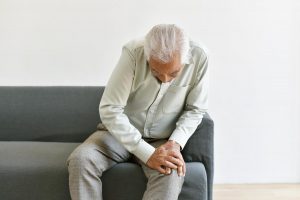If you’re thinking about traveling this summer, you need to consider the risks posed by the coronavirus pandemic, an expert says.
Factors to think about include your age, your health and other people in your household.
“The first question you should answer is whether you or a member of your household have a condition that increases the risk for developing COVID-19,” said Dr. Michael Chang, an assistant professor of pediatrics at University of Texas Health Science Center at Houston and pediatric disease specialist at UT Physicians.
People at increased risk for severe COVID-19 illness include those 65 and older and those with underlying health conditions. These folks might be safer if they avoid traveling. If you’re at higher risk and must travel, take extra precautions to minimize the risk of coronavirus transmission, Chang advised.
“Another thing to consider is the prevalence of the virus at your destination and how strictly you will be able to adhere to precautions such as social distancing during planned activities or excursions,” Chang said in a UT news release.
You can check the spread of COVID-19 at your destination by using a U.S. Centers for Disease Control and Prevention data tracker. It’s also important to find out about pandemic guidelines at your destination, because many areas have restrictions on activities or have particular rules.
“Before you travel, you should also carefully consider how a quarantine might impact your life,” Chang said. “Traveling to a destination that is, or becomes, a hotspot for COVID-19 may require you to quarantine for two or more weeks upon return. Consider whether you will be able to work or support your loved ones if you were required to quarantine.”
When deciding on which type of travel transportation is best, cars and RVs may be the best options because you can minimize contact with people outside of your party. Try to avoid crowded rest areas and minimize the number of stops.
Flying or taking the train or bus can bring you into close contact with other travelers. Wear a mask, avoid touching surfaces and maintain physical distancing when possible.
More information
The U.S. Centers for Disease Control and Prevention has more on COVID-19.
Copyright © 2024 HealthDay. All rights reserved.












-300x225.jpg)












